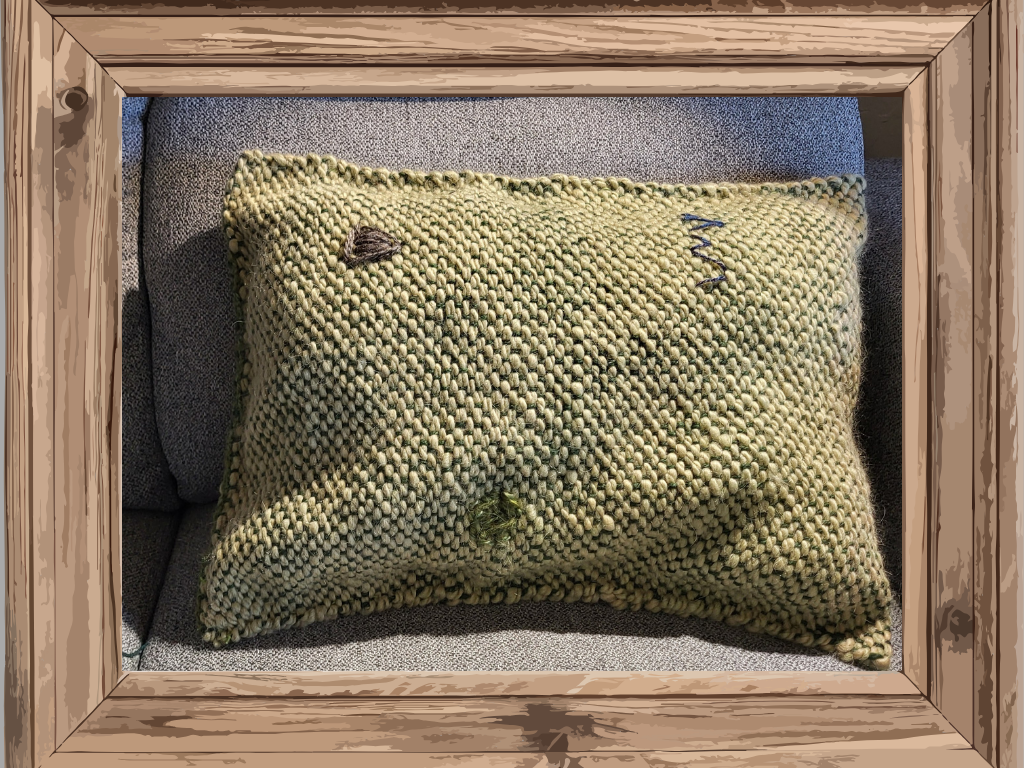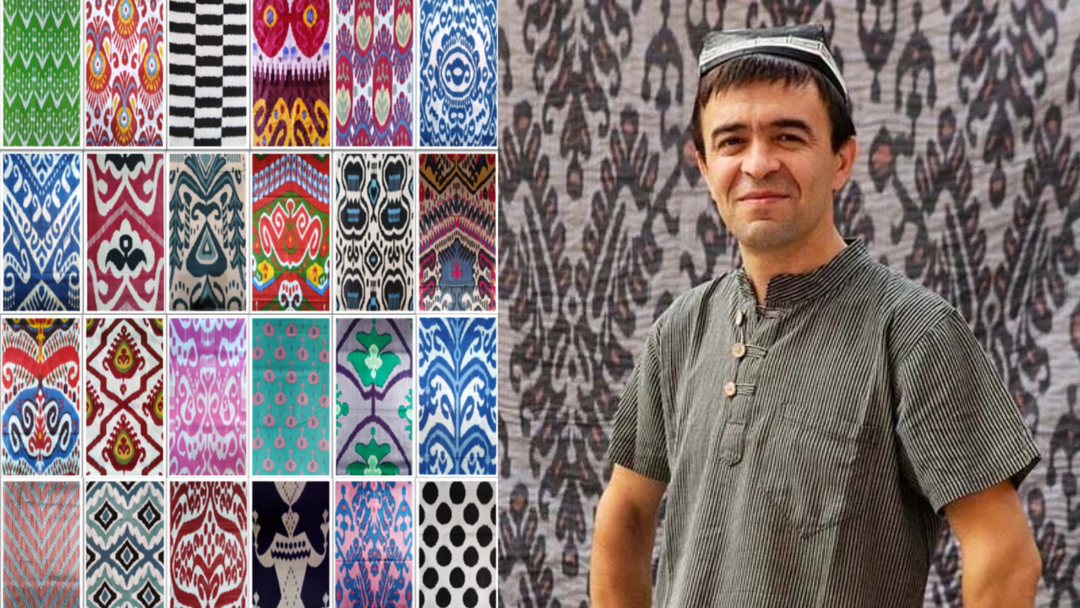At HoonArts, we believe that by partnering with our master artists in Central Asia AND our Western buyers, we can help transform OUR world through the lens of the traditional arts of the Silk Road. Last week, I discussed how art acts as an anchor and a connector for our partner artisans and our customers. (If you missed last week’s blog, Part 2 in our series on Transforming OUR World through the Silk Road Arts, check it out here.)
Today, I want to discuss how we’re working to support our artisan partners in adapting their traditional heritage products for the modern, Western market while at the same time preserving their precious cultural heritage.
Customers often ask how I choose the products that I work with at HoonArts. My first order from Tajikistan was a giant box filled with a variety of products that I chose based solely on photographs. After deciding that I was going to work to create a sustainable US market for Tajik handicrafts, I asked for help from my local Tajik coordinator, Bakhriddin Isamutdinov.
Bakhriddin went to the local holiday craft fair in Dushanbe and took photos of products that he thought would meet Western quality standards. Because Bakhriddin was also affiliated with the Union of Craftsman of Tajikistan, he knew all the master artisans in country, and he knew their products.
He sent me a huge collection of photos, and I would respond. “Oh, what's that? How much does it cost?” “Oh, that's lovely. Exactly what is it?” I had also been following a couple of Facebook pages from Tajikistan and identifying products that I thought might sell (or that I personally thought were really amazing). Through this back-and-forth process, I selected my first set of products, which arrived in late November 2014.
I still have some of those early products in my inventory, because it turns out that no one in the US wanted to buy them. They were the wrong type of product, or the colors were wrong, or they were the wrong size, or they just didn’t “work” for US buyers. I also learned the painful lesson that just because I like it, that doesn’t mean that many buyers in the US will be as enthusiastic as I am.
I’ve spent much of the last nine years learning what does work in the US market, and helping the artists in Central Asia modernize their products in a way that still preserves the authenticity of their traditional cultural heritage. It’s been a long trial-and-error effort.
It became clear very early on that for all of our HoonArts artists, cultural heritage preservation is central to their artistic vision and mission. This makes sense considering their experience during the Soviet era, when Moscow did as much as possible to destroy that cultural heritage in their efforts to bring everyone under one national umbrella, create a modern economy that was centrally controlled, and eliminate separate cultural and ethnic identities.
As late as the 1980’s, over 70 ikat weaving masters in Uzbekistan were sent to prison for 5 years just for weaving. They had been ordered to destroy their traditional weaving equipment in favor of the modern mechanized factories, and the weavers had hidden their equipment and continued to weave in secret. The same thing happened to other traditional artists around the Soviet Union.
So the traditional artists went underground. Much of their knowledge was lost because it became illegal or dangerous to pass it on to the next generation. At the same time, there was minimal international tourism, and almost no demand for high quality “traditional” heritage products.
When the Soviet Union collapsed and the Soviet Republics of Central Asia declared their independence in 1991, the artistic community struggled like the rest of the population. Many of the Soviet factories where they had been employed shut their doors and never re-opened. For survival, some of the artists turned back to their traditional arts, and the effort began to preserve that heritage as living art rather than relics in museums or cheap local market products. That effort continues to this day.
The revival of the arts in Central Asia occurred alongside the globalization process affecting the entire world. Inexpensive mass-produced Chinese imports quickly pushed many of the painstakingly produced handmade heritage products out of the market, even in remote villages. Tajikistan was even more hampered than the other Central Asian countries in reviving the traditional arts because of the civil war that followed independence and lasted until 1997. Even today, in Tajikistan, it’s common to hear locals talk about the difficulty of finding good quality Tajik souvenirs because everything is made in China.

One of the first artistic projects undertaken by our Tajik suzani embroidery master, Munira Akilova, was collecting the traditional designs, patterns and ornaments from the Zerafshan Valley of northern Tajikistan. She went into the remote mountain villages and talked to the grandmothers and had them bring out the dowry items hidden away in their homes. Eventually, this work was compiled into the first systematic catalog of traditional patterns from this region.
Today, all the artists who work with Munira learn the history and meaning of the designs they create with needle and thread. As a consequence, the art they produce is more than just a way to earn some extra money–it is that treasured cultural anchor we discussed last week.

HoonArts launched in 2014 with artists in Tajikistan. I quickly realized that there were some challenges in marketing existing products to buyers in the West, even where the artistry was superb.
One of the first issues was colors and color combinations. I often joke with Munira that Central Asia is a place where, in the local market, there is no such thing as “too many colors” or “colors that don’t go together.” The more colors the better. Shiny is even better, and nothing beats lots of bling!

While some Westerners love that kaleidoscope of colors, most Americans and Europeans prefer a more limited and subdued color palette, where the colors fall in the same smaller sector of our “color wheel.” Western customers may admire the beauty of the products, but they don’t take them home!
Since I was not trained as an artist or a designer, the best explanation I had for Munira was that too many colors become “confusing” for the American eye. We just don't know where to look or how to mentally process a design with 6 or 8 colors that look like the crayons in a first grader’s crayon box. It feels too chaotic.
Some of those first brilliant and very colorful products were too much for the typical American buyer, who couldn’t color coordinate those products with their existing home décor or fashion wardrobe. Even when the number of colors were limited, sometimes the color combinations didn’t work in the American market–they were colors that Americans would never put together in a home décor or fashion product. The European market is even more challenging, because Europeans tend to favor a lot of neutral colors and pastels, which strike Central Asian artists (and me) as incredibly boring.

I sold one of those “Halloween” pillow covers in a holiday promotion. The other one still resides in a special bin in my home where many of these early mistakes languish.
Another early issue was sizing. American bodies and Asian bodies are just not the same! I bought one lovely machine embroidered jacket that I was told was a woman’s size small. When it arrived, it fit my 7-year-old daughter!

I did eventually, several years later, find a very thin young woman who could squeeze into this jacket.
When I founded HoonArts, Uzbek and Kyrgyz artists were further along the learning curve in terms of the modern Western market, and international tourism accelerated the effort. Nevertheless, when we started working with our Uzbek and Kyrgyz artists, they had the same types of problems with color and sizing.
Gradually, over time, we have partnered with our artists to develop products that have simpler designs, simpler color combinations, and more customary American sizes or “one-size-fits-most” sizes. As part of that process, we use an American brand kimono jacket pattern for our ikat kimono jackets made in Tajikistan. I also hired an American fashion designer to create simple jacket patterns in multiple American sizes and shipped those patterns (on card stock) to Tajikistan in a giant box. Those patterns can now be used as a blank canvas for traditional embroidery patterns.
I always insist, however, that the artists with whom I work directly include authentic traditional elements and patterns–perhaps a small section of a larger authentic pattern. Preserving this authenticity is a central component of HoonArts products.
This approach carries over to our hand carved wooden products as well, where we have taken traditional patterns and incorporated them into jewelry and hair accessories beyond the original combs that Usto Sodiq was known for locally. The designs always originate with our artists, rather than with a Western designer merely inspired by local designs.
You can see some of the results of this evolutionary design process in the photos below. In addition to increasing sales in the US, these modernization efforts have also helped make the products more attractive to international tourists and local expat and diplomatic communities. These international buyers in the local markets are critical to the financial success of the artisan enterprises, since most local buyers cannot afford high quality, handmade products.


It turns out that this approach is rare, even among Fair Trade companies. The far more typical approach is to have a Western designer create the design and then work with the local artists on production. It’s also slower and more challenging to fit the design to the market. But, for HoonArts and for our artists, it’s the heart and soul of our work.
When I recently asked Munira what aspect of her work with HoonArts had had the most impact over time for her, her answer shocked me. It wasn’t the sales or even marketing. It was our partnership in cultural heritage preservation through the arts!
Our customers seem to agree that this is a worthy mission!







Leave a comment